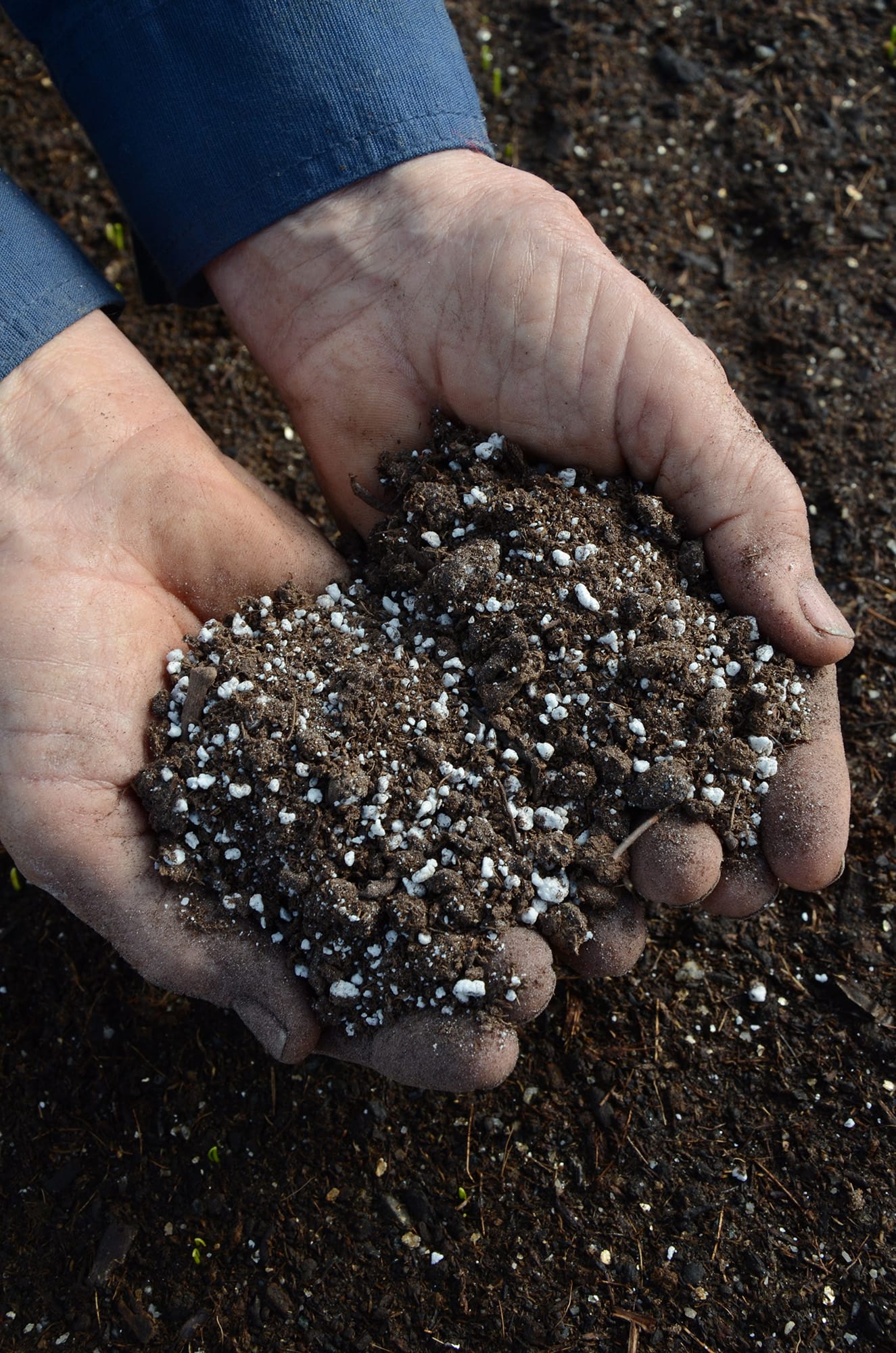The word “vermiculite” is defined in Henry Beard and Roy McKie’s hilarious “A Gardener’s Dictionary” as an “obscure order of nuns devoted to gardening.” In fact, it is a silicate material similar to mica that is found in some potting mixes. The word, from Latin, means “breeds worms.”
When my sisters and I were younger, we would pour water on a handful of vermiculite and watch in awe as the dry, compressed flakes expanded into wormlike columns. Because it is spongy, it holds water, so you don’t have to water a potted plant as often. This is especially important with plug trays or soil blocks into which seeds are sown, in which the mix can dry out quickly. Organic matter plays a similar role in soil, but vermiculite, a mineral by nature, is sterile and inert, thus protecting the seedlings against a fungus that causes sudden collapse and other ills.
Gardeners don’t use vermiculite as much as they used to, in part because of an environmental disaster. Vermiculite mined in Libby, Mont., once the main source of the material, was found to be contaminated with asbestos. Though the plant was closed and the industry reformed, many people have switched to perlite.
Perlite is made from a mined volcanic glass. It contains water, trapped by the rapid cooling of lava. It has a texture that retains water on the surface (though not in the volume that vermiculite does) and retains air in the spaces between. That lightens potting mix, and provides oxygen for roots and better drainage than vermiculite. Most potting mixes contain at least 25 percent perlite. It’s a sterile, inert mineral.
Some gardeners use both winter-over dahlias or bulbs. And vermiculturists employ vermiculite as a medium for breeding worms.



